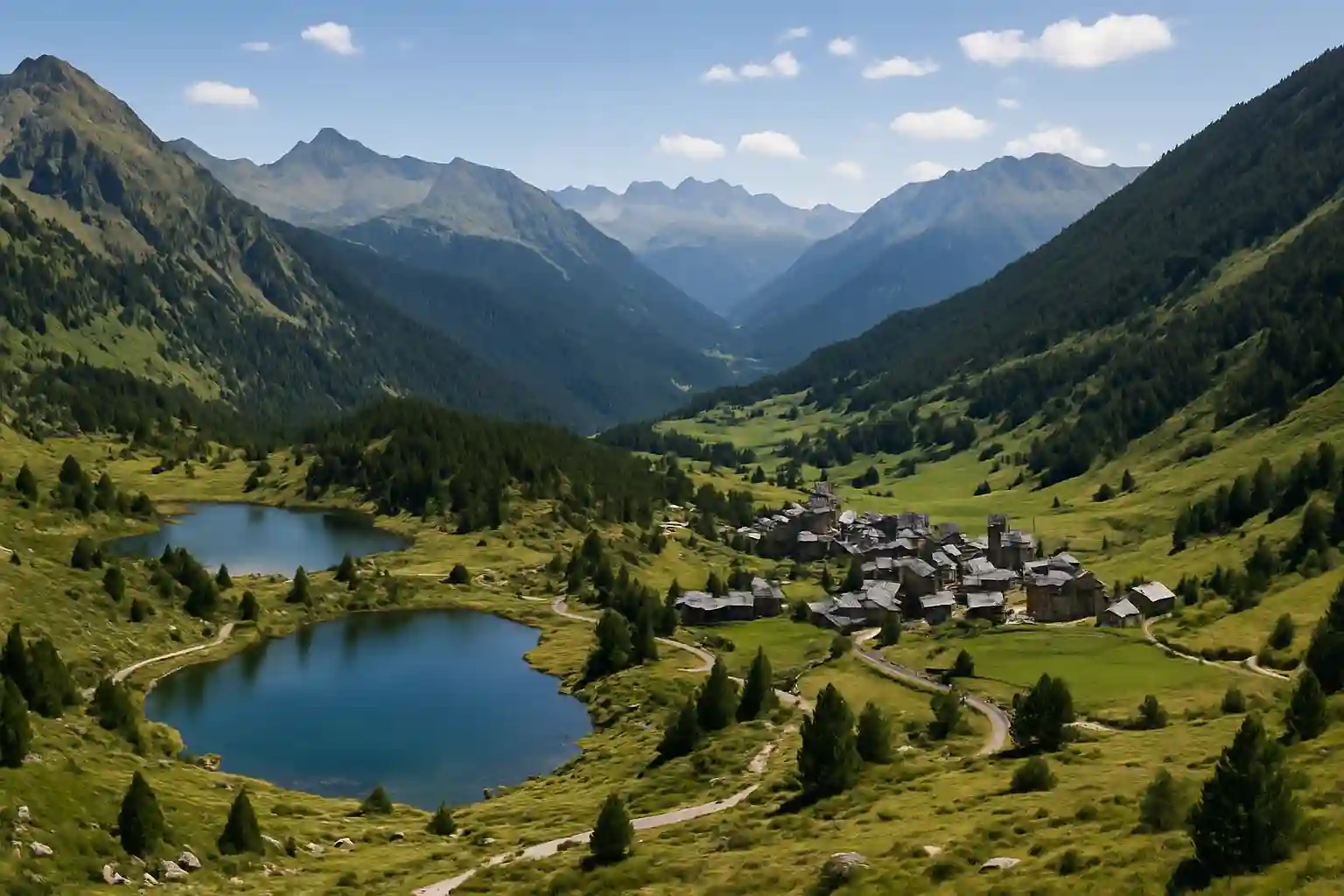Guided Day Trip to Andorra from Barcelona – Route, Highlights & Tips

A typical guided route leaves Barcelona early, follows the C-16 north through Montserrat country and the Berguedà, then bends toward La Seu d’Urgell before the final climb to the border. Expect around three hours each way, with short breaks factored in. Once inside Andorra, itineraries usually combine a historic stop, a mountain viewpoint, and time in Andorra la Vella for wandering or duty-free browsing.
Best Stops on a One-Day Itinerary
Andorra la Vella (Barri Antic): Begin with stone lanes around Casa de la Vall, the former seat of the General Council. The small scale makes orientation easy. Step into Sant Esteve church to see Lombard-influenced Romanesque details, then sample mountain cheeses and cured meats in a deli on Carrer de la Vall.
Canillo & Sant Joan de Caselles: A short valley drive delivers one of Andorra’s finest Romanesque chapels. Its bell tower rises above the CG-2 like a marker of the old road; inside, fresco traces and a calm nave give context to Pyrenean faith.
Mirador Roc del Quer: The standout viewpoint. A slender platform projects over forested slopes and switchbacks; on clear days you read the valley like a relief map. Photos are spectacular but allow time simply to stand and breathe.
Ordino or Encamp (optional): Depending on season and daylight, a quick stop in a traditional village rounds out the mountain mood—narrow lanes, slate roofs, water channels, and small squares.
- 07:00 depart Barcelona → coffee stop near Berga.
- 10:15 border crossing → Andorra la Vella old town orientation.
- 11:30 Sant Joan de Caselles (Canillo) → Romanesque stop.
- 12:30 Mirador Roc del Quer → viewpoint time.
- 13:30 lunch in village (trinxat, escudella in colder months; salads and trout in summer).
- 15:00 Andorra la Vella free time (stroll, shopping, short museum).
- 16:30 depart → 19:45–20:00 return to Barcelona (traffic-dependent).
Seasonality & Weather
Winter: Roads are clear most days, but snowfall can slow passes; layers and waterproof shoes help for icy sidewalks. Spring: Valleys green fast while peaks keep snow caps—great for photos with contrast. Summer: Warm in the sun, fresh in shade; carry a light jacket for altitude. Autumn: Larches and beeches turn gold; daylight shortens, so start early.
Border, Currency & Language
Andorra is outside the EU and the Schengen Area, though it uses the euro. Carry a passport or national ID: random checks happen at the Spanish and Andorran posts. Customs allowances apply to alcohol, tobacco, and certain goods. Locals speak Catalan as the official language; Spanish and French are widely understood, and English is common in shops. A few Catalan phrases (or a short refresher with our private lessons) make interactions warmer.
What to Eat
Mountain kitchens are hearty. Look for trinxat (cabbage-potato-pork hash), escudella (brothy stew), river trout, and aged cheeses. In summer, grilled vegetables and salads balance a day of driving and viewpoints.
Packing & Practicalities
Wear cushioned shoes for uneven village streets. Bring a windproof layer, sunscreen (altitude glare), and water. Card payments work almost everywhere; cash helps in small cafés. If you’re motion-sensitive, the final valley roads are curvy—pack accordingly.
How It Fits Your Barcelona Trip
A high-country day adds welcome contrast to Gaudí and the sea. Place Andorra between urban days—e.g., after Montjuïc or a museum morning—so the rhythm alternates: city → mountains → city. For broader planning, browse the Catalonia hub for coastal villages, Roman sites, and wine country ideas that also pair well with Barcelona.
- Roc del Quer glows in late morning or late afternoon—avoid noon glare on bright days.
- Keep 20–30 minutes buffer for potential border queues, especially on weekends and holidays.
- If clouds hug the ridges, shift time from viewpoints to village lanes and chapels—textures work in soft light.
